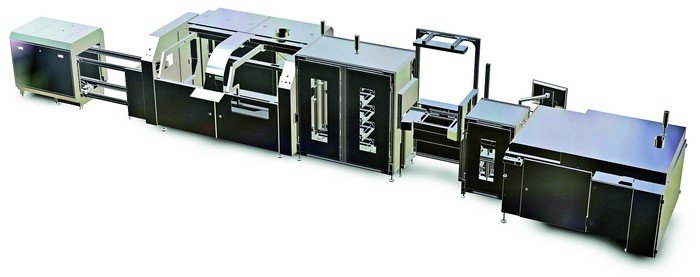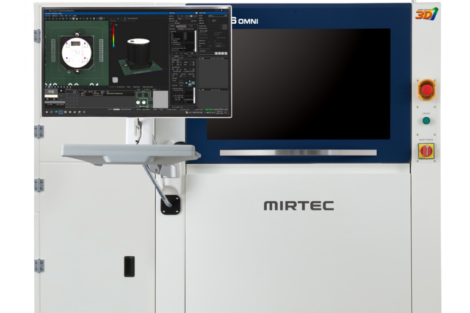Seho Systems GmbH will highlight zero-fault production at the upcoming productronica. Innovative solutions and custom-made automation technology demonstrate the future viability.
Typically, manual rework processes are almost non-reproducible and often cannot be performed with the required high quality. In addition, manual rework is time-consuming and cost-intensive. The zero-fault production line is designed for selective soldering of through-hole components, free from defects and completely traced. Besides the selective mini-wave soldering process, the production line incorporates automated optical inspection (AOI) of the solder joints, a verify workstation for verification and classification of detected faults as well as a defined and automated rework soldering process according to the respective soldering defect. Intelligent handling units automatically allocate the assemblies. All modules are linked with a bi-directional data transfer. All process and machine data is recorded, analyzed and documented. Fully reproducible and operator-independent processes, automatic rework of only verified defects, and no influence on the cycle time of the system are only a few of the outstanding advantages.
New concepts are required in the field of wave soldering in order to meet the goal of a defect-free production. The company developed a new system where all process-relevant components – fluxing, preheating and soldering – have been replaced by new, innovative modules. To activate the surface of the PCB prior to wave soldering, typically a solvent-based flux is applied. Alternatively, now a plasma process can be used to deposit flux powder, so a solvent can be avoided. Due to reduced residues, product quality and downtime of the system can be improved. Preheating of PCBs, especially for the increasing share of power electronics, requires a high energy density. This can be implemented efficiently by using new infrared emitters that offer extremely good heat transfer and are only activated in the areas where a PCB is located. This can be achieved by the fast response of the emitters, an exact PCB monitoring system and newly developed software. For the solder wave, the increasing product mix is a major challenge. To meet this requirement, the company developed a dual soldering unit that allows independent temperature settings for the solder and an automotive-compliant separation of different solder materials.
productronica, booth A4-578
Share:










